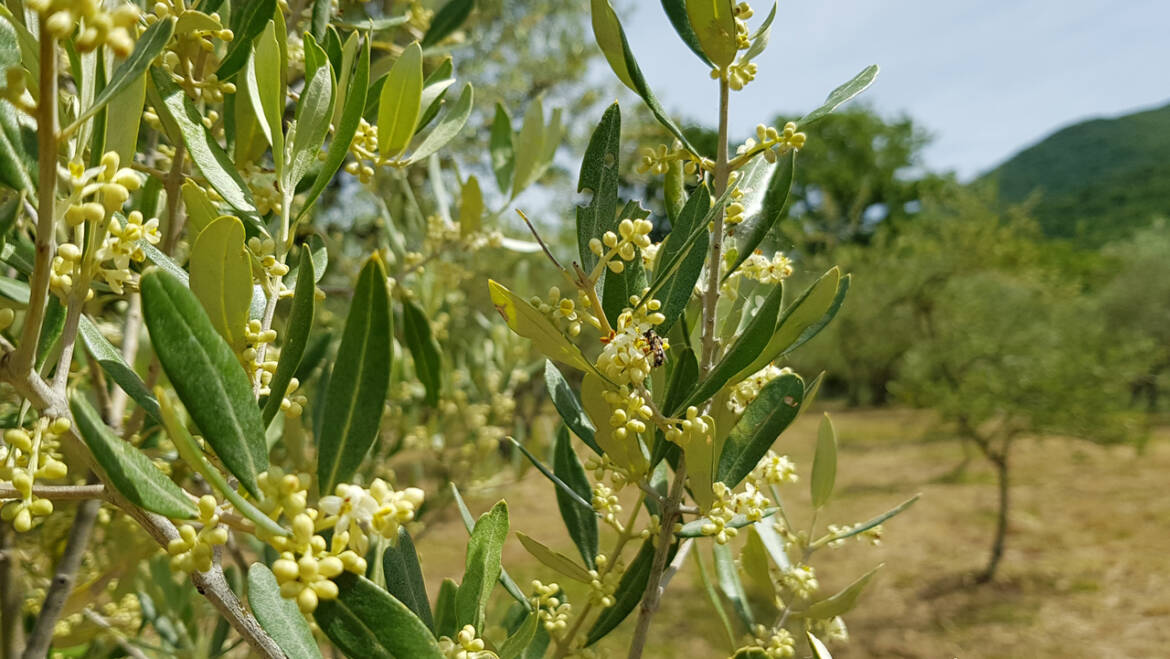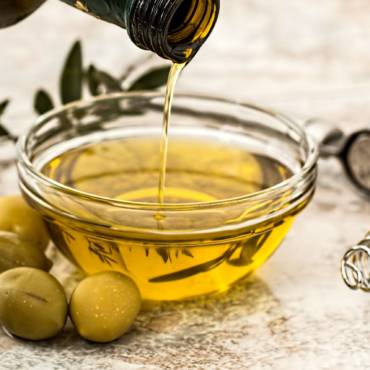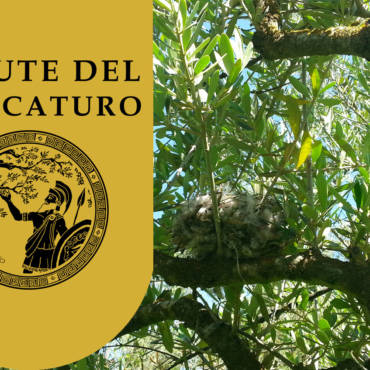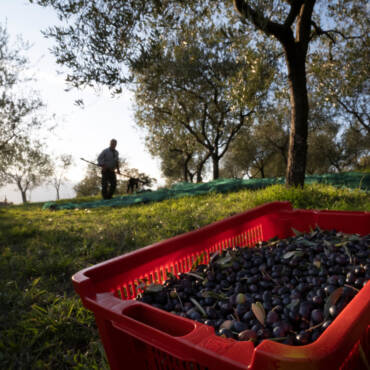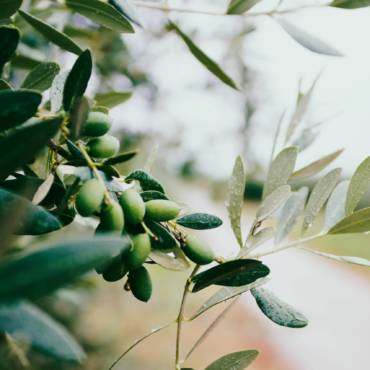The rediscovery of ancient agronomic techniques
Those in the know understand that plowing an olive grove is nearly impossible: olive trees have very shallow roots, and a plow would inevitably damage them. In the past, there were oxen or draft horses, with a man pushing the plow downward, so the limited force would only reach 10 to 15 centimeters into the soil. Modern plows, pulled by powerful tractors, dig at least 40 centimeters deep, causing enormous damage!
It was later discovered that the fertile part of the soil lies in the top few centimeters, making it pointless to overturn sterile earth only to fill it with fertilizer to achieve a good harvest. Working the soil is still necessary, especially for someone like me who uses a grass shredder, which—along with the weight of farm machinery—causes soil compaction and root asphyxiation.
Many use a mechanical tiller, but this doesn’t solve the problem. The horizontally rotating blades actually create a hardpan layer, which prevents water and air from penetrating. The result may look nice, but it worsens the issue.
So I purchased a little-known tool, at least in hilly areas: a disc plow. I ordered a relatively small one for better maneuverability among the trees. This tool doesn’t use a share but rather specially angled discs that cut through the soil surface, lifting and aerating the top few centimeters—just like manual plowing with oxen once did.
Hooray, one more step toward sustainable agriculture!

